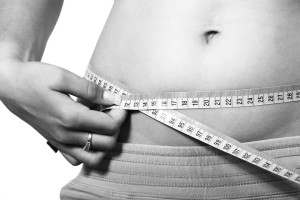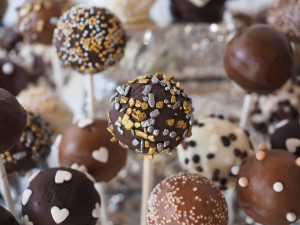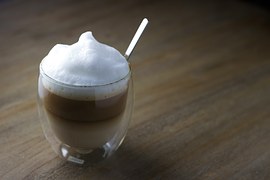 If you’ve endured pregnancy loss, you probably want to try to have another baby right away. The pain of the loss is great, but will be made less so by a healthy pregnancy. But is this a good idea?
If you’ve endured pregnancy loss, you probably want to try to have another baby right away. The pain of the loss is great, but will be made less so by a healthy pregnancy. But is this a good idea?
Interestingly, senior researcher Dr. Enrique Schisterman of the Eunice Kennedy Shriver National Institute of Child Health and Human Development has found something surprising.
Many doctors tell women to wait at least three months before they try again. But the research team from the Shriver National Institute found that this may not be the best advice. As Dr. Schisterman said, “Our data suggest that women who try for a new pregnancy within three months can conceive as quickly, if not quicker, than women who wait for three months or more.”
They followed close to 1000 couples after an early pregnancy miscarriage. Of the 100 couples, 765 tried to get pregnant within three months and 77% of them gave birth to a live baby.
In contrast, only 23% of the 233 couples who waited more than three months had another baby.
The researchers didn’t notice any difference in complications in the pregnancies that happened within the three months after miscarriage. Dr. Karen Schliep added, “While we found no physiological reason for delaying attempts at conception following a pregnancy loss, couples may need time to heal emotionally before they try again. For those who are ready, our findings suggest that conventional recommendations for waiting at least three months after a loss may be unwarranted.”
The recent findings were published in the journal Obstetrics and Gynecology.



